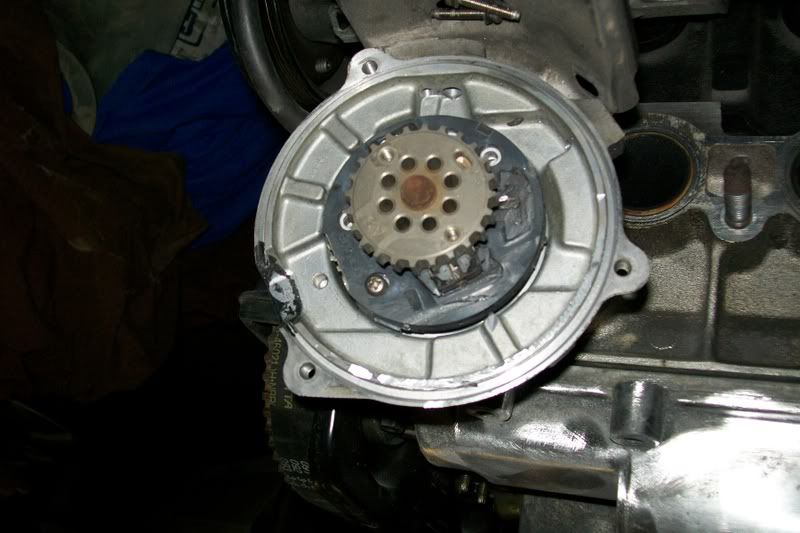The Hall Effect sensor is designed to be used with a rotating vane that passes through the gap incorporated in its housing. The Hall sensor is mounted on the distributor advance plate and secured using the rivets incorporated on its housing. The rotating vane needs to be made so that it spins with the distributor shaft and its vanes pass through the sensor gap.
For this to happen, the rotating vane needs to be cup-shaped. The horizontal face has a hole to allow it to be placed on the distributor shaft and locate with the rotor button. The vertical section needs to have slots cut in it to appropriately trigger the sensor.
The number of slots on the vane equals the number of spark-plugs for which the distributor caters. So a 4-cylinder car with four spark plugs will use four slots. These slots need to be evenly spaced around the circumference of the rotating vane. It is essential to be accurate here, as a 1° difference between slots represents 2° on the engine.
A 4-cylinder engine will have each slot positioned 90° apart. 6-cyclinder and V8 cars will require slots spaced 60° and 45° apart, respectively.







 Reply With Quote
Reply With Quote



Bookmarks